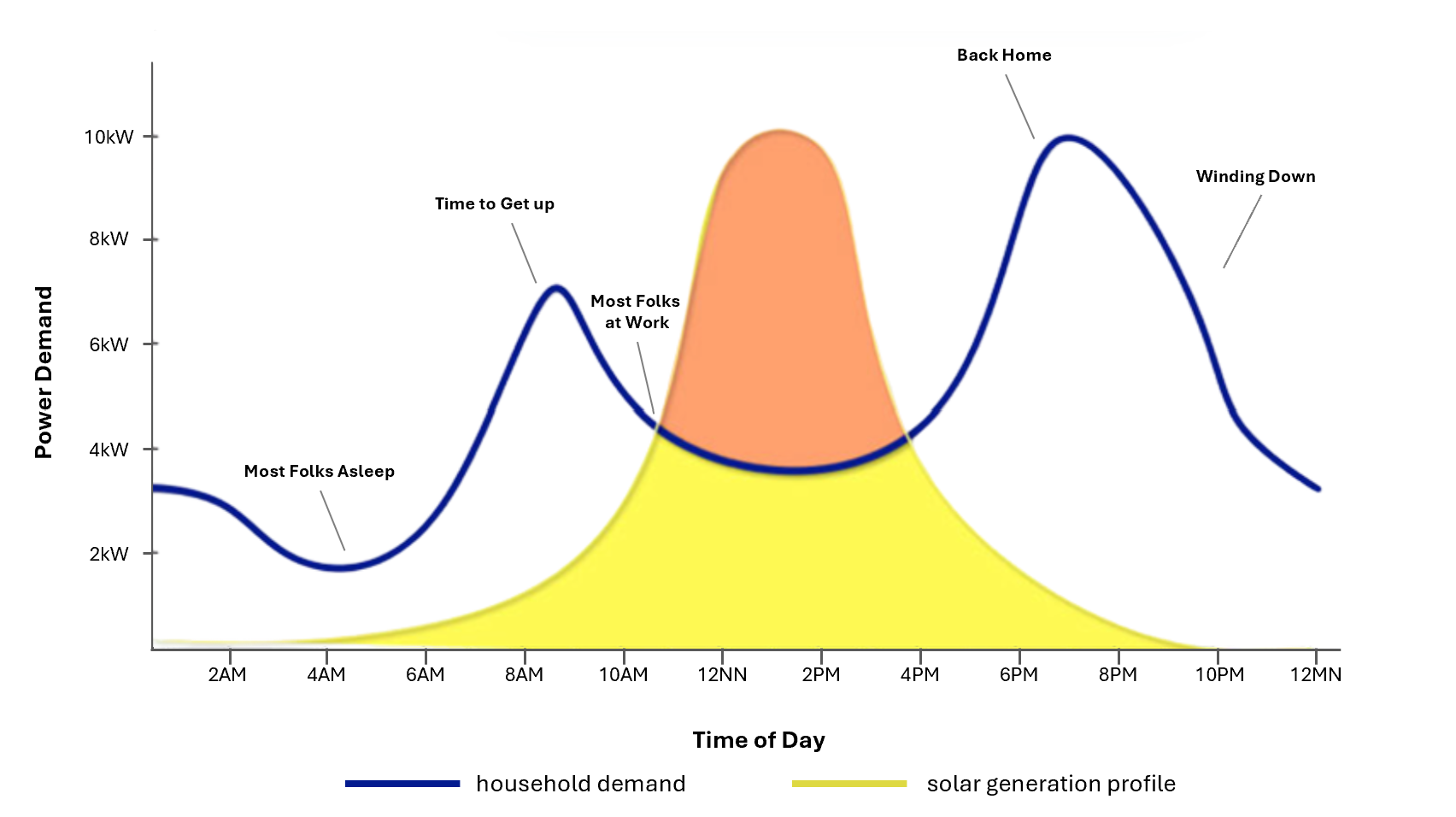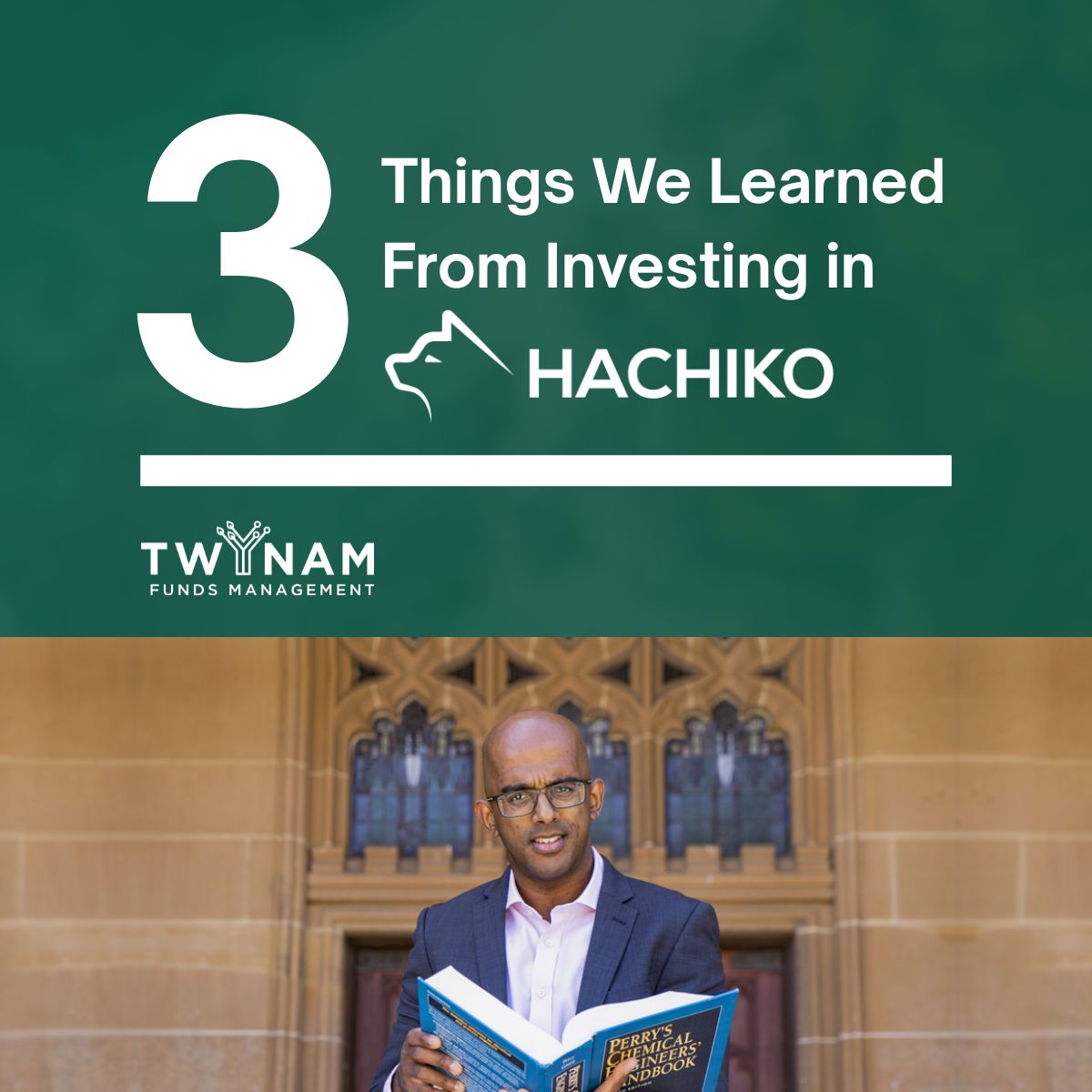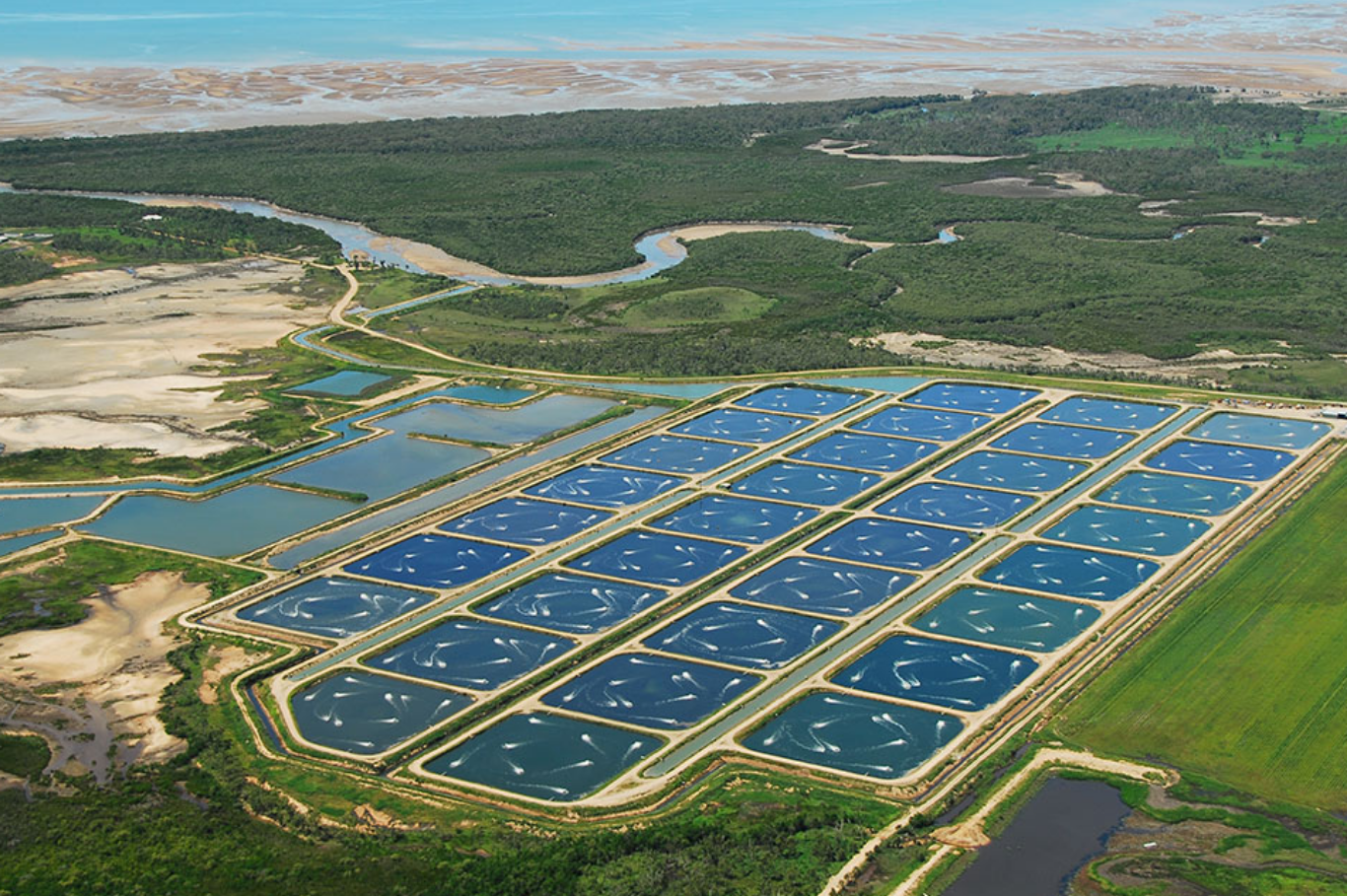In January, we led the pre-seed round of Hachiko Energy, a B2B SaaS platform for optimisation and portfolio management of battery energy storage systems (BESS).
Unlike many of our investments, it didn’t come from thematic top-down research. Instead, a chance introduction to founder Rakhesh gave us the opportunity to jump in quickly. Here’s what we learned:
- Unscheduled BESS is a High-Speed Opportunity Hiding in Plain Sight
- Relationships Close Deals. Even Without a Product
- B2B SaaS Has a Home in Climate-Tech
A quick 101 on the solar and battery market in Australia (feel free to skip to Learning #1)
Australia is a global frontier market for solar and battery technologies to be deployed and tested. Solar rooftop penetration has now reached a world-leading 39.8%, producing enough electricity to meet the needs of nearly 5.25 million Australian homes. However, this brings rise to an age-old issue with renewables: domestic and commercial energy usage is misaligned with solar generation. What do we do when the sun isn’t shining (or the wind isn’t blowing)?
Batteries have been the logical remedy, able to store energy when it is generated by solar and discharge when power demand peaks in the mornings and evenings. With the high prevalence of negative energy prices during the solar window and high energy prices on either side of the solar window, batteries make even more logical sense. However, primarily due to prohibitive costs, batteries haven’t been able to keep up with Solar’s rapid growth, until now…
The incompatability of Solar Energy Generation and Consumption
The chart below shows typical net grid demand overlaid with solar generation. The big dip seen in the middle of the day is due to the effect of distributed solar, i.e. solar generation from the demand side of the grid.

1. There is a massive opportunity for Unscheduled BESS in Australia
What is Unscheduled BESS?
Unscheduled BESS are battery systems that operate without needing to follow scheduled dispatch or market participation rules. They typically serve behind-the-meter applications (i.e. co-located with residential or Commercial & Industrial loads), which also enable access to some trading markets.
The systems Hachiko targets are typically deployed in Commercial & Industrial (C&I) settings. Each site configuration often includes a solar array and a 200kW–5MW battery providing energy directly to the facility, with excess exported to the grid.
Deployments of Unscheduled BESS are accelerating rapidly. In Australia, installed capacity is projected to at least quadruple within two years, indicated by:
- ARENA-backed rollouts, including 281MWh of community battery storage
- Aware Super backing A$2bn in distributed solar and BESS via Birdwood Energy, which equates to approximately 1GW of rated power (2-4GWh)
- Sustainable Energy Infrastructure committing to deploying at least 270MWh of distributed BESS
What’s driving this?
- Economics
- Lithium-ion battery costs have dropped by more than 85% since 2013, augmenting solar’s position as the cheapest form of electricity in history
- Firmed renewables (i.e. solar + BESS) present the most reliable and cost-effective way to minimise grid reliance (lower network costs) and maximise project returns from available markets
- Volatility in wholesale markets, whose growth is driven by strong market fundamentals, presents arbitrage opportunities for well-managed BESS assets
- Grid Congestion
- Systems under 5MW do not require lengthy grid connection approvals and have a smoother pathway to development approval, allowing for rapid deployment
- Example: It’s faster to get 10x 5MW battery projects online than one 50MW. A 5MW battery site paired with Hachiko can tap into multiple value streams (self-consumption, FCAS, wholesale arbitrage) without needing bespoke integrations.
- Large Energy Users
- Commercial & Industrial (C&I) energy users are facing a major dual challenge -
- A need to shift to more demonstrably sustainable sources of energy; and
- A need for protection against rapidly rising network costs due to cost recovery mechanisms for grid upgrades seen the world over
- As mentioned in Point 1 above, firmed on-site renewables solve both of these problems.
- Commercial & Industrial (C&I) energy users are facing a major dual challenge -
But…
Many viable projects are falling through the cracks due to:
- Complex and costly integration requirements
- Lack of software tools to manage portfolios, optimise market trading performance, and maximise available returns for asset owners
This is where Hachiko steps in. Their platform fills the glaring void left by a market focused mostly on residential (<200kW) and utility-scale (>5MW) assets in Australia, as well as their equivalents overseas.
2. The Power of Relationship-Driven Selling
We were immediately struck by the quality, size, and revenue potential of the customers Rakhesh had engaged, without a finished product in hand.
His lived experience as a customer of the technology he’s now building meant he could speak credibly to the real pain points. In energy, where adoption depends on trust and technical competence, Rakhesh’s decade-long track record delivers both.
It’s more impressive when we consider that Rakhesh is a solo founder. He came in with a rigorous product development plan, hit early milestones, and brought in top-tier talent at the right time. This created the space for him to focus on bringing the customers who’d drive their growth.
Not to mention, Rakhesh is extremely funny, and perhaps the wisdom and humility that come from his stand-up comedy days (We 100% recommend watching this) have left a positive mark. Clear vision, fast decision-making and high responsiveness to feedback, gave us real confidence in his ability to build a product that endures.
Rakhesh has built a relationship moat, the kind that cannot be reverse-engineered in a lab or by simply writing code. With a number of customers already secured and more on the way, Hachiko's commercial potential is becoming real, fast.
3. B2B SaaS in Climate Tech (Surely not?!)
Conventional wisdom says software alone can’t decarbonise. We believe that to be (mostly) true.
But when software enables or accelerates the deployment of clean hardware, the impact can be huge. Hachiko makes battery systems smarter, faster to deploy, and >75% more profitable, unlocking projects that would otherwise be shelved.
This is a prime example of how B2B SaaS, a tried and tested VC model, can work in climate-tech when paired with the right wedge.
To wrap up
We’re incredibly excited to be backing Hachiko on their journey to unlock the full potential of BESS in Australia and beyond.
If you’re interested in learning more, reach out. Or dive deeper into Hachiko’s insights below:
- The Hachiko Origin Story
- What Makes Hachiko Different?
- Twynam Funding Announcement
- Why Optimisation Matters?
Twynam’s Earth Fund: Investing in technologies that decarbonise our industries with speed, scale and superior unit economics.




